This kompot is super delicious and easy to make. Enjoy its flavor and the tender texture of fruits. The fruits are cooked in hot water to maximize the health benefits of kompot.

Do you've various fruits all ripening at the same time? It's time to make kompot. Mixed fruits kompot is a great way to consume the extra fruits on your kitchen counter. The attractiveness of kompot is that it uses different varieties of fruits throughout the year.
Summer is a beautiful season with a delightful variety of fruits. However, this can become a nightmare if you have too many fruits you can't consume all at once! Don't worry, I've got your back. Let's make kompot, and the sweet nightmare will be forgotten, lol.
The other day at my Russian friend's house, she suggested a compote for dessert. When I received my glass of juice, I corrected her, "I thought you proposed compote?" She explained by showing a saucepan with cooked fruits that, in Eastern Europe, the compote is a drink.
What is Kompot?
Kompot is a homemade fruit juice made by cooking various fruits with sugar in boiling water. It's part of many Eastern European countries, where, for many years, it was also a way of preserving fruits.
Unlike the compote you might be familiar with, kompot uses large amounts of water because what is needed in this recipe is the juice rather than the fruits. When I asked my friend what she does with the remaining fruits, she said they usually throw them.
The kompot may be served as a refreshing beverage during summer and hot and spiced during winter.
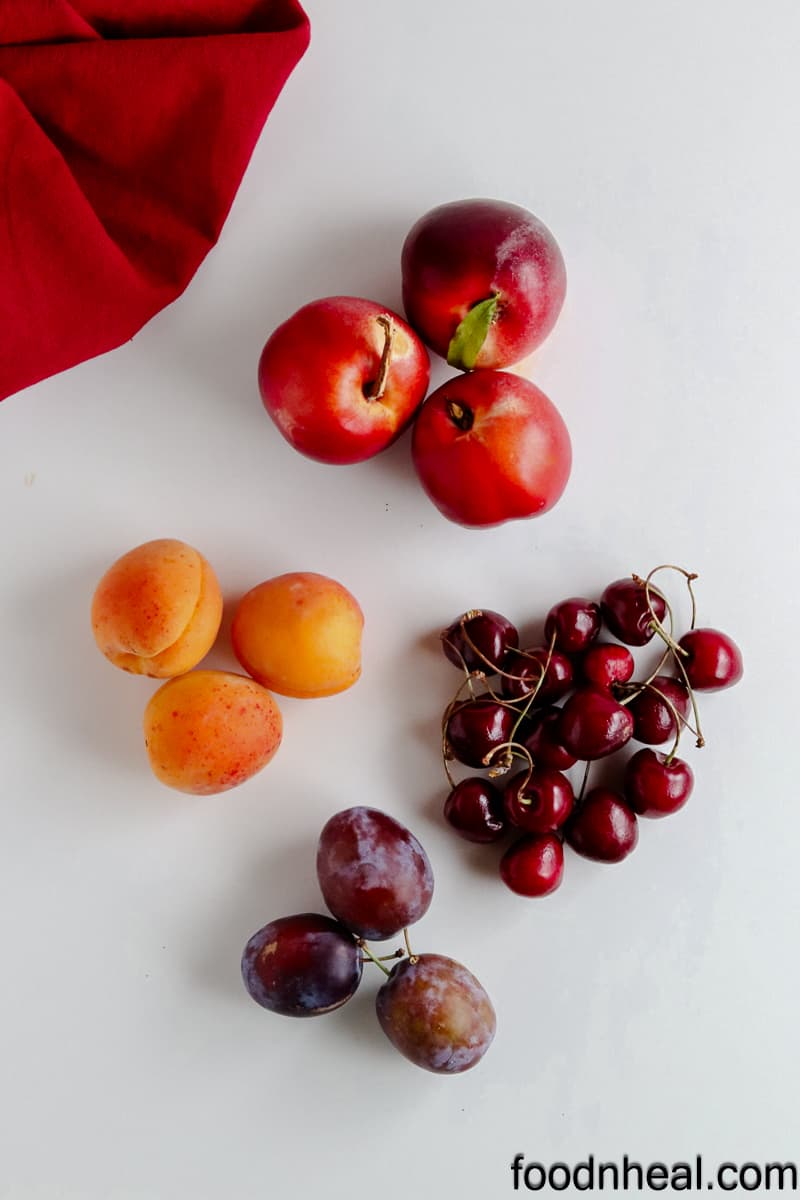
What fruits go into the Kompot?
According to my research, almost any fruit can be used to make kompot. You can make it with berries, cherries, nectarines, and peaches and even add some rhubarb during spring and early summer.
In Fall, apples and pears could be used. Since the recipe has gone beyond frontiers, it's easy to find recipes with tropical fruits like mango and pineapple. For an instant, my friend's kompot had apples, pineapple, peaches, and apricots.
I noticed an acidic flavor when adding citrus fruits to the kompot. While lemon juice will help by adding vitamin C and balancing the flavor, avoid including citrus fruits in your kompot.
Do you add sugar?
All the recipes I checked on the internet have sugar! But I'd opt to add raisins or dates instead. You can also add honey or syrup instead of sugar, although I do not recommend it (continue reading to find out why).
Spice it up
Add spices and dried berries like cloves, juniper, rose, cinnamon, ginger, or nutmeg. Ideally, use these in their whole form instead of the powdered form.

How to make Kompot?
- Gather the fruits you want to use, clean them and remove the pits if necessary.
- Fill a saucepan with water and set to boil.
- Add the fruits with the spices, and cook them for 7 minutes to preserve nutrients (some recipes recommend up to 40 minutes).
- Remove from heat, add a sweetener (I do not recommend it), and let the fruits cool. You can store it overnight for a better maceration.
- Add some lemon juice to balance the flavors (this is optional).
- Strain or serve the juice and the fruits. Use a spoon to eat the fruits.
- Once you strain the juice, you can blend the leftover fruits into a fruit compote (remember to remove the woody spices like cinnamon sticks).
- Transfer the remaining juice into a glass jar and store it in your fridge for up to 5 days.
I adopted the cooking method to reduce the loss of nutrients. See the recipe card.
How to store the kompot
In many cases, kompot is served within a week. However, I found recipes where you can store them in sterilized jars for months and even years!
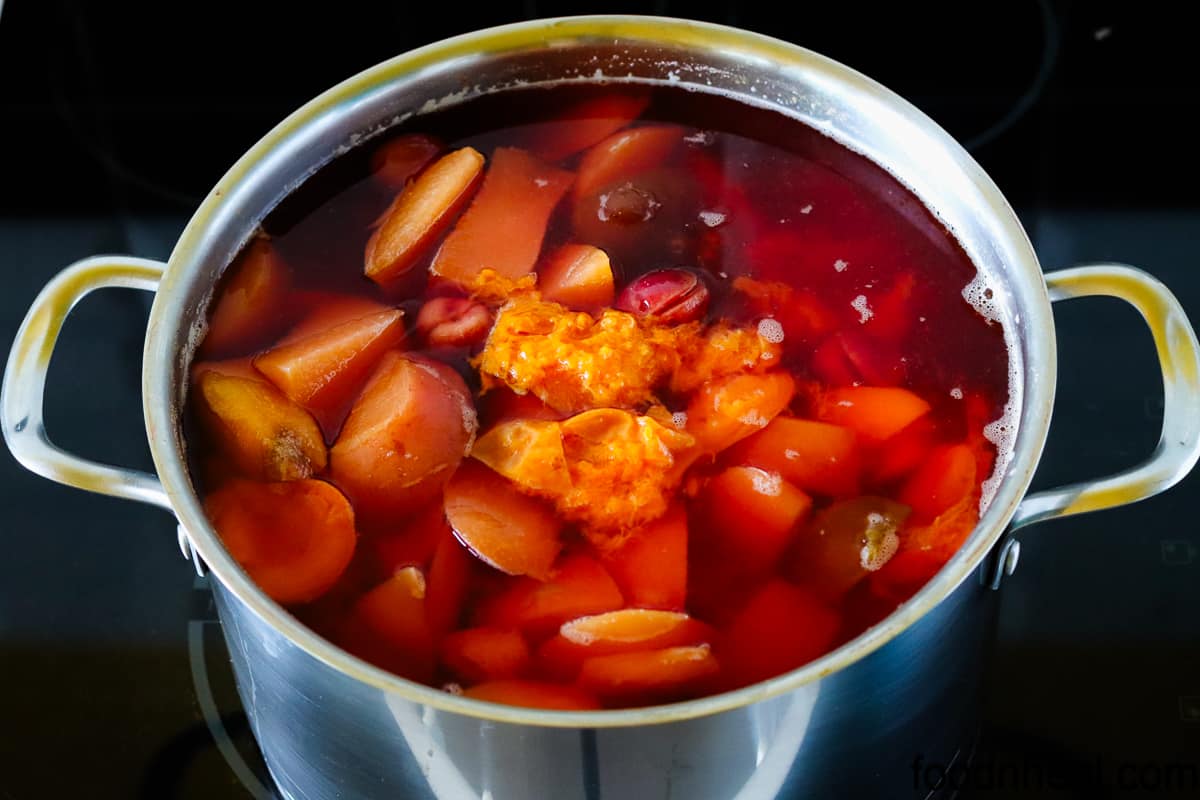
Is kompot healthy?
As a nutrition therapist, I asked myself about the benefits of kompot.
Kompot juice is part of healthy eating if you eat the cooked fruits and YOU DON'T ADD SUGAR.
- The juice (which is the most consumed in this recipe) is better and way healthier than store-bought. It's dense and refreshing. I'd recommend it for babies or someone critically ill and can't eat anything. It's perfect during prolonged fasting where being in ketones isn't necessary. Do not filter/sieve the juice; drink it with some fiber.
- Fruits contain pectin, fiber, and a lot of other phytonutrients.
- Cooked fruits can help ease digestive issues and even help heal the gut, especially for those who can't eat high-fiber or raw-fiber foods.
- From personal experience, I found that kompot increases bowel movements.
- Since fruits are high sources of fructose and sucrose, I'd not recommend adding more sweeteners.
Kompot is unique because it doesn't have a specific taste since you can make a different version each time! The flavor depends on the fruits used.
Kompot could be a way of supporting farmers around you! We have farmers who sell over-ripe fruits, or fruits damaged by insects or rain, at a lower price. Buying these fruits reduces the farmer's loss.
You now have a new recipe and a new way of using extra fruits in your kitchen. With which fruits are you going to start making your 1st kompot?
Looking forward to reading from you. Githu
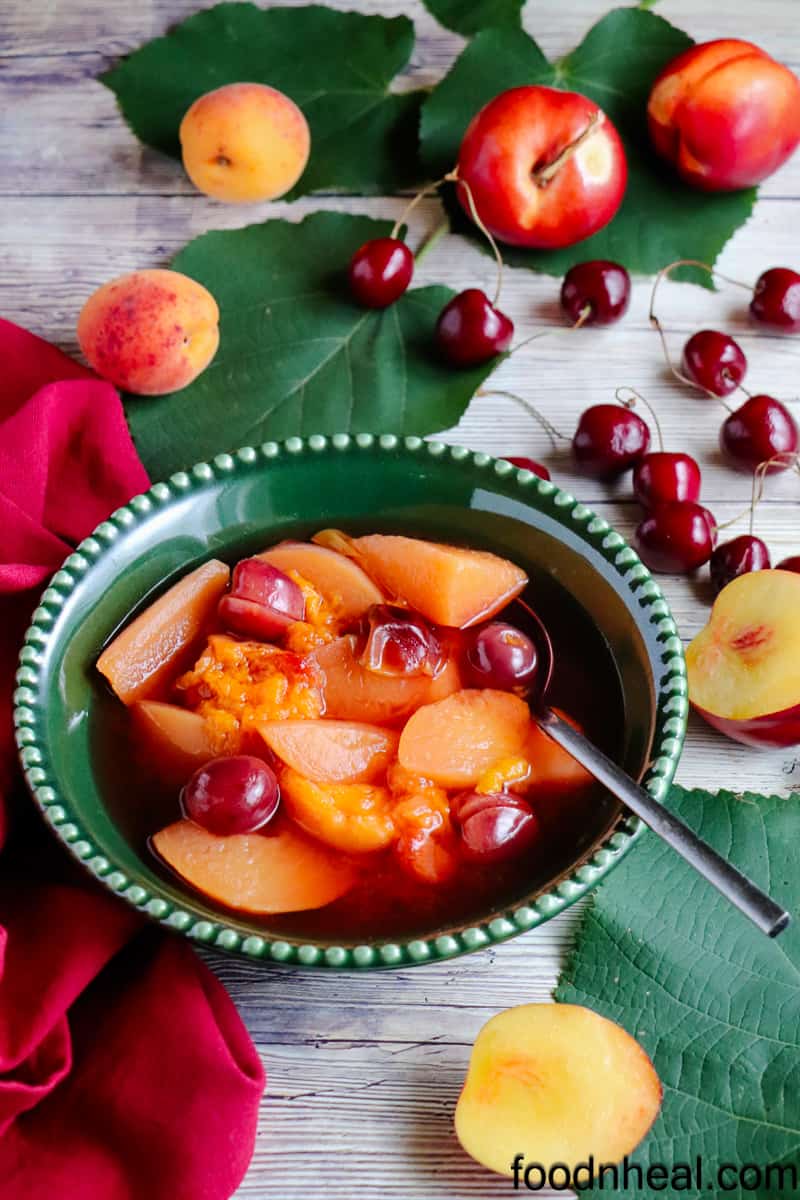
Enjoy these fruit juices
Recipe
Kompot
Equipment
- kitchen knife
- big cooking pot
Ingredients
- 3-4 pounds or kg mixed fruits (apricots, cherries, peaches, nectarine, fresh prunes)
- 2 l enough water
Instructions
- Get a variety of fresh fruits in season.
- Clean them and cut them into large pieces. Cut the cherries into two.
- Put all the fruits in a big pot and almost fill it with filtered water.
- Cover the pot and bring the water to an almost boiling point (DO NOT LET IT BOIL)
- Lower the heat to the lowest you can. Eg. for an induction stovetop, I reduce it to thermostat 1.
- Leave the fruits covered for 30 mins. The water remains hot without really cooking the fruits.
- Cut off the heat. Leave the kompot to macerate for about 12 hours. See notes below
- You can either serve the juice separately or with the fruits.
Notes
- There aren't a real amount of fruits or water to use. It all depends on how much kompot you want to make.
- I adopted the cooking such that the fruits are cooked by hot water compared to boiling. This helps retain nutrients, and the fruits are still in good shape after cooling.
- Ideally, make the kompot in the evening and leave it overnight to macerate.
- I do not peel nor throw away the seeds. While cutting the stone fruits, I work the knife along the seed. For the cherries, I cut them into two, then I put everything in the pot and select the fruits once the kompot has cooled. (I hope it makes sense)


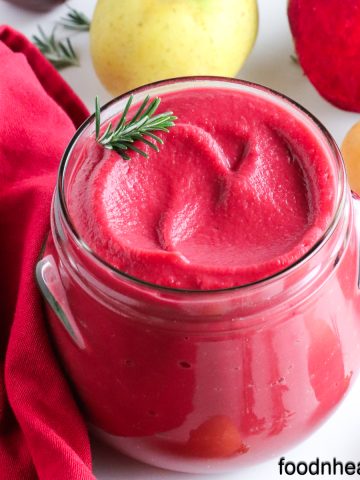
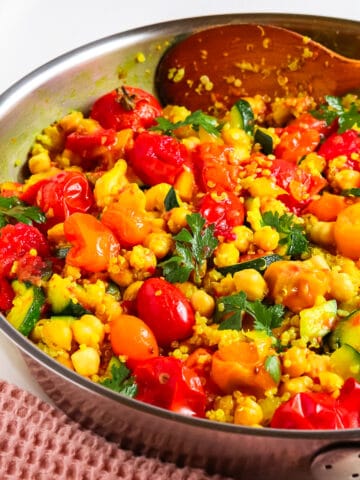
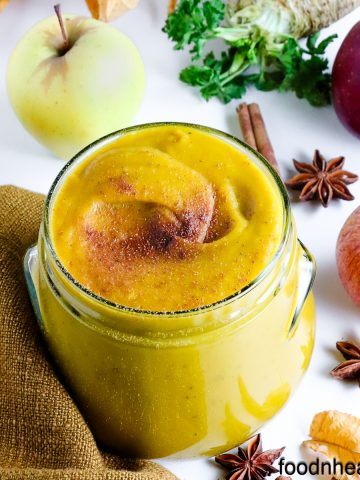
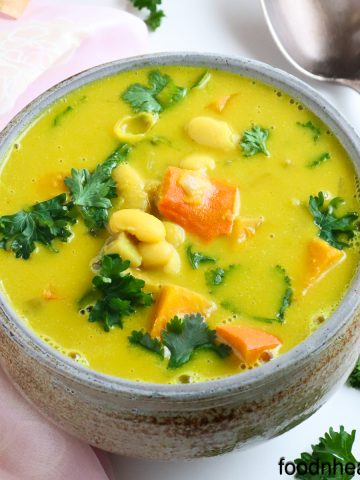
Comments
No Comments